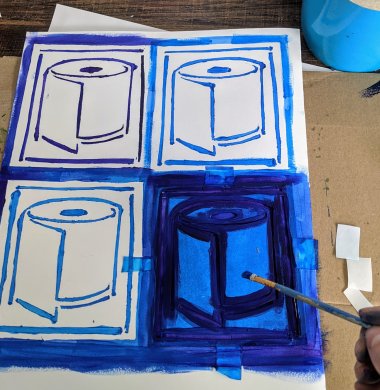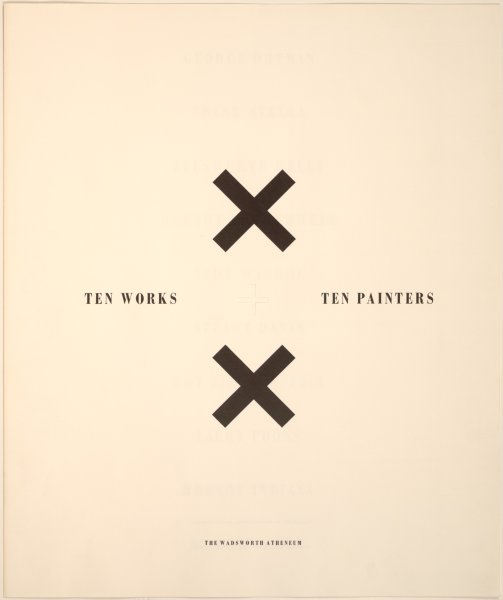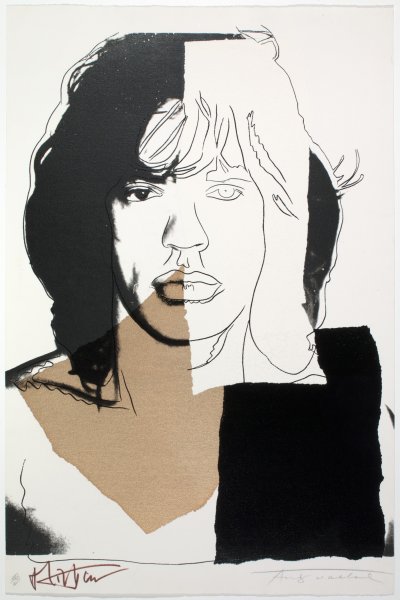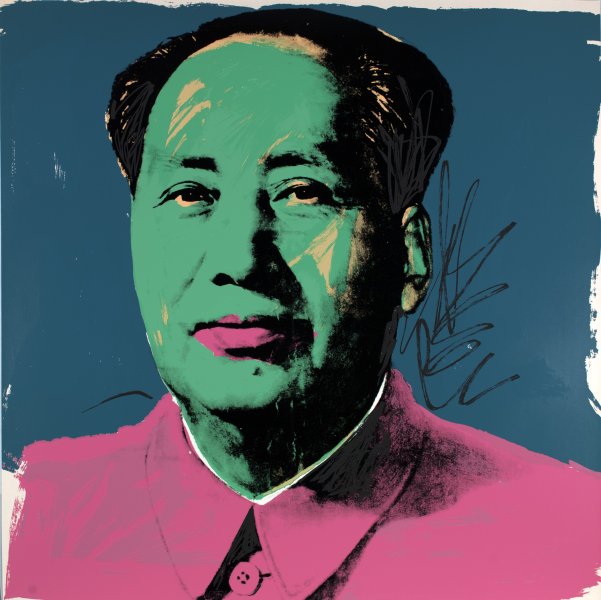Andy Warhol
American, 1928-1987

Andy Warhol (American, 1928–1987). 100 Cans, 1962. Casein, spray paint, and pencil on cotton, 72 x 52 inches (182.9 x 132.1 cm). Collection Albright-Knox Art Gallery, Buffalo, New York; Gift of Seymour H. Knox, Jr., 1963 (K1963:26). © The Andy Warhol Foundation for the Visual Arts, Inc. / Artists Rights Society (ARS), New York / Campbell's trademarks used with permission of Campbell Soup Company
100 Cans, 1962
Artwork Details
Currently on View
Collection Highlight
Materials
casein, spray paint, and pencil on cotton
Measurements
support: 72 x 52 inches (182.88 x 132.08 cm); framed with plexi cap: 78 1/8 x 58 3/4 x 4 3/8 inches (198.44 x 149.23 x 11.11 cm)
Collection Buffalo AKG Art Museum
Credit
Gift of Seymour H. Knox, Jr., 1963
Accession ID
K1963:26
Before becoming the prolific artist he is known as today, Andy Warhol was the most successful and highly paid commercial illustrator in New York. Warhol’s paintings from the early 1960s were crucial in pioneering the breakdown between high and low art forms characteristic of Pop art, and his images of Marilyn Monroe, soup cans, and sensational newspaper stories quickly became synonymous with the emerging artistic movement.
Consumer goods and ad imagery were flooding the lives of Americans during this era, and Warhol turned his attention to consumer products like Coca-Cola and Campbell’s Soup as the basis for subtly re-creating this abundance. His use of everyday items encouraged people to be more observant of the world and commercial products around them. Warhol painted many works that feature soup cans, both individually and in groups. 100 Cans was painted by hand with the partial use of stencils; however, a closer look reveals that the cans are not identical. For example, the amount of black in the word “Soup” is not always consistent and the clarity of the word “Campbell’s” varies. The same year he made this painting, Warhol began using silk screen, which allowed him—and others—to produce his work in an assembly-line fashion that emphasized the ways in which everything can be processed and packaged for consumption, even art.
Label from Giant Steps: Artists and the 1960s, June 30–December 30, 2018






























